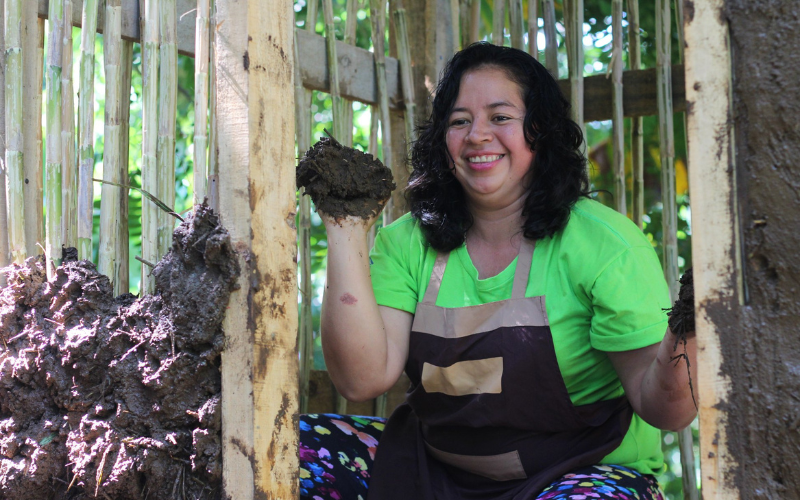This project has developed and transferred a range of innovative and environmentally sustainable building materials which can be manufactured locally in small workshops and are suitable for both rural and urban areas. New job opportunities have been created and an estimated 2,300 houses in the Villa Clara province, and over 5,000 nationwide, have been built or renovated using ecomaterials.









